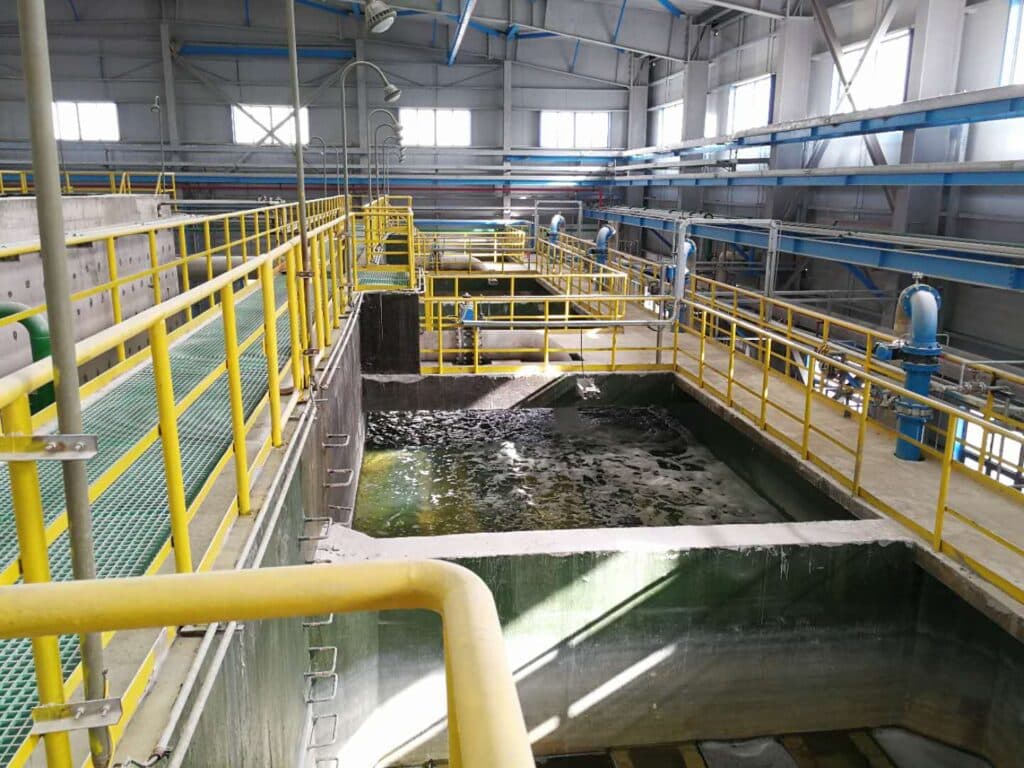Optimizing Sludge Dryer Filling Rate for Efficiency and Safety

Understanding Sludge Dryer Filling Rate
The filling rate of materials in a sludge dryer is crucial for its efficiency and safety. This rate is defined as the ratio of the volume of materials in the drum dryer to its effective volume. Ensuring an appropriate filling rate can significantly impact the dryer’s performance. When determining the optimal filling rate, two scenarios are typically considered: one with airflow (ventilation) and one without airflow (no wind).
Calculating Filling Rate Without Airflow
When there is no airflow, the filling rate can be calculated using the following formula:
k0=0.14(1+3.4Za1/2)(1+0.033G1/2)(1+5.4F2/3)
Where:
- ϕ = Material filling rate when there is no airflow
- F = Material supply rate per unit dryer cross section, m³/(m².s)
- n = Rotation speed of the drum, r/min
- Sd = Inclination of the cylinder, m/m
Other parameters include:
- Fr = (πDn) 2 ^2/Dg
- Ga = NFA/(πD 2 /4)
- ϕ = Filling rate without airflow
Balancing Energy Inputs and Outputs
According to the principle of balance, the calories entering the system should equal the calories leaving the system:
Q1+Q2=Qw+Q3+Q4+Q5
Where:
Q1,Q2,Qw,Q3,Q4, and Q5 represent different heat quantities involved in the drying process. The equation for calculating the energy balance is:
n=C1×t1−C×t3Qw+Q4+Q5−Q2
Substituting the given values:
n= 1190−156 4750201+9.188+48.73−83.8 =4594 KJ/kgH2O
Importance of Proper sludge dryer Filling Rate
Maintaining the correct filling rate ensures that the sludge dryer operates economically and safely. An optimized filling rate improves heat transfer efficiency, reduces drying time, and minimizes energy consumption. Therefore, accurately calculating and adjusting the filling rate based on whether airflow is present or not is essential for optimal dryer performance.
Why sludge dryer filling rate is important?
The filling rate of a sludge dryer is a critical parameter because it significantly impacts the efficiency, effectiveness, and operational safety of the drying process. Here are the main reasons why the filling rate is important:
- Heat transfer: Proper filling ensures optimal contact between the heating surface and the sludge. Too high or too low a filling rate can reduce the efficiency of heat transfer.
- Evaporation Rate: The correct filling rate ensures that the sludge is adequately exposed to the drying environment, facilitating effective moisture evaporation.
- Optimal Usage: A well-calculated filling rate ensures that energy is used efficiently, avoiding wastage. Overfilling or underfilling can lead to increased energy consumption due to prolonged drying times or the need for additional drying cycles.
- Uniform Drying: Consistent filling rates help achieve uniform drying of sludge, preventing over-drying or under-drying, which can affect the quality of the final product.
- Particle Integrity: Appropriate filling prevents mechanical damage to the sludge particles, maintaining their integrity and desired properties.
- Preventing Clogging: Overfilling can lead to clogging and uneven distribution of the sludge, causing operational issues and potential downtime for maintenance.
- Smooth Operation: Ensures smooth and continuous operation without interruptions, leading to better overall performance and reduced wear and tear on the equipment.
- Thermal Stability: Maintaining an optimal filling rate helps in controlling the temperature and preventing hotspots that could lead to thermal runaway or fire hazards.
- Pressure Management: Proper filling helps manage the pressure within the dryer, avoiding risks associated with overpressure conditions.
Conclusion:
Optimizing the sludge dryer filling rate is crucial for enhancing the efficiency and sustainability of waste management processes. By carefully balancing the feed rate with dryer capacity, operators can achieve optimal drying performance, leading to reduced energy consumption and minimized operational costs. Regular monitoring and adjustments based on real-time data can further improve the system’s efficacy. Implementing these strategies not only maximizes the productivity of sludge drying operations but also contributes to environmental conservation efforts. For further insights and expert advice on optimizing your sludge drying process, consider consulting with industry specialists or accessing detailed technical resources.

